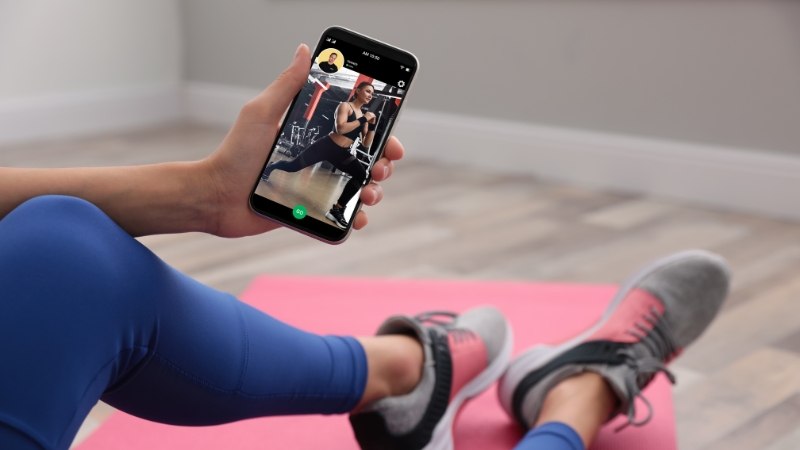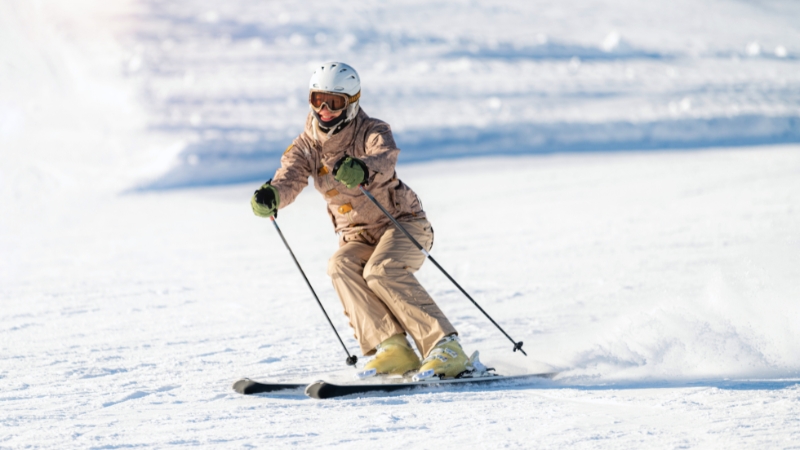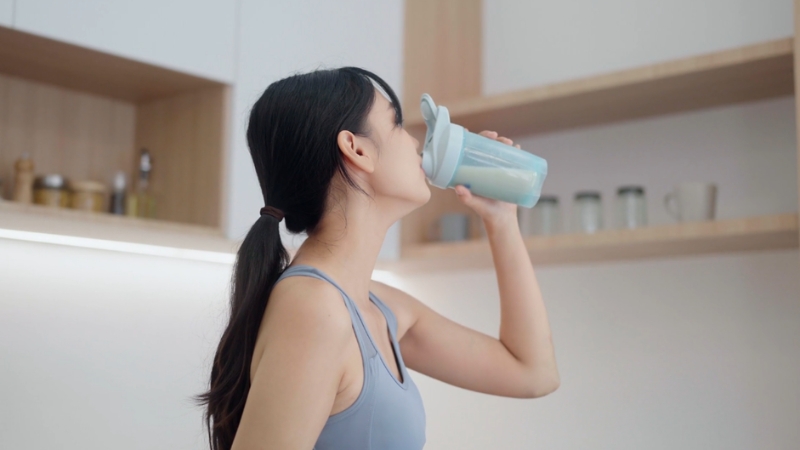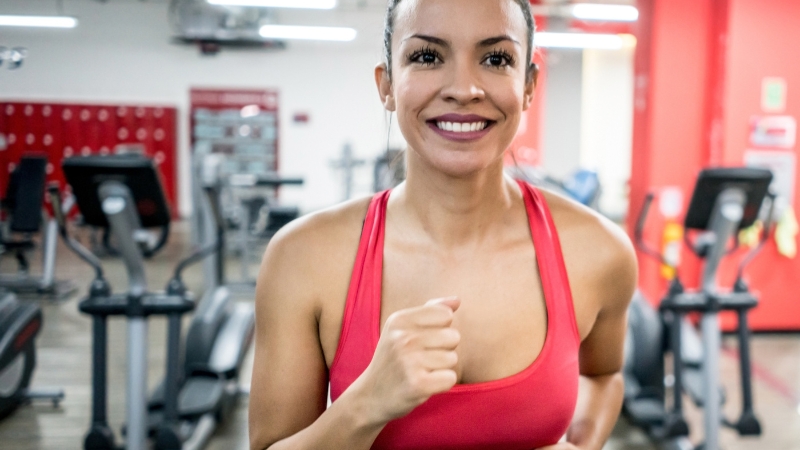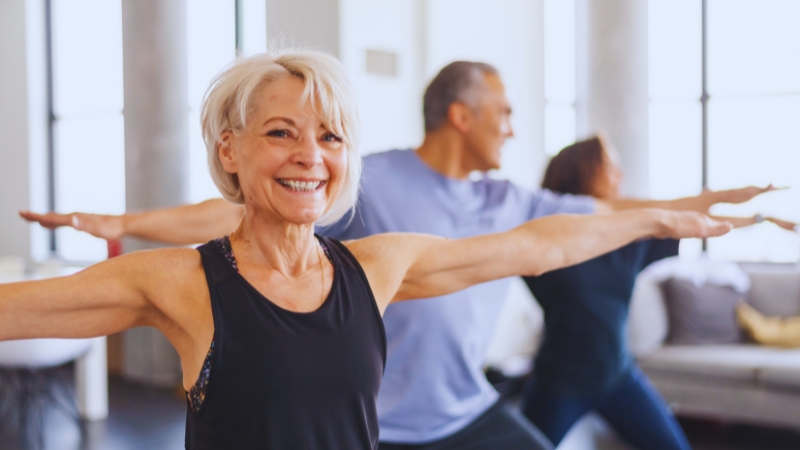
Share Post:
Like any stage of our life, aging has its own rhythm, challenges, and, yes, potential. For those over 70, staying strong and independent is about improving the quality of life.
That means feeling good enough to take a walk in the park, cook a favorite meal, or spend time with the grandkids without worrying about stamina or balance.
But to get there, two things need to be in place: regular physical activity and a solid, nourishing diet. And while that might sound like wellness advice from every corner of the internet, when it comes to seniors, it’s foundational.
Here’s a practical guide to helping your loved ones move better, eat well, and enjoy the freedom they’ve earned.
Why Fitness and Nutrition Matter More Than Ever After 70

Bodies change. That’s the reality. Muscle mass naturally decreases, metabolism slows, joints stiffen, and appetite often dips.
All of this can make everyday tasks feel a little harder. But here’s the good news: those changes aren’t irreversible or unbeatable.
A good routine, tailored to a 70+ body, can bring strength, confidence, and independence back into focus.
Regular movement helps maintain balance, flexibility, and strength, which reduces the risk of falls—a leading cause of injury in older adults.
It also keeps the brain sharp and the mood lifted. A smart, nutrient-dense diet, meanwhile, helps preserve muscle, strengthen bones, and provide the energy needed to enjoy life, not just endure it.
If you ever suspect that a loved one’s fall is due to negligence in a nursing facility, consider contacting a Joliet nursing home abuse lawyer for guidance.
Fitness for Older Adults
Let’s start with the basics. Seniors don’t need to run marathons or lift heavy weights to benefit from exercise. What’s important is consistent, targeted movement that matches their capabilities.
Recommended Weekly Goals
According to the NHS and NIDDK:
- Aerobic activity: 150 minutes a week of moderate-intensity movement (like brisk walking or light cycling). That’s just 30 minutes a day, five days a week.
- Strength training: At least two days a week, focusing on major muscle groups—think arms, legs, back, and core.
- Balance and flexibility: Add in gentle movements daily to prevent falls and improve mobility—stretching, tai chi, or even basic yoga.
Types of Exercise That Actually Work
- Aerobic: Brisk walks around the block, slow dancing to favorite songs, swimming laps at a local pool—anything that gets the heart rate up a bit.
- Strength Training: Light dumbbells, resistance bands, or even bodyweight movements like standing up from a chair repeatedly can build essential muscle. For those starting from zero, a can of soup makes a fine dumbbell.
- Balance Work: Practice standing on one foot near a chair for safety. Walk heel-to-toe down a hallway. Join a tai chi class for guided movement.
- Flexibility: A gentle stretch in the morning and before bed can go a long way. Reaching arms overhead, touching toes, or stretching calves can relieve tension and improve posture.
Low-Impact Options for Limited Mobility
If your loved one struggles with joint pain or uses a walker, movement is still possible—and beneficial. Try:
- Chair exercises: Seated leg lifts, seated marches, arm circles with light weights.
- Water workouts: Pool exercises are fantastic for minimizing joint strain.
- Stationary biking or pedal exercisers: Great for heart health without the strain of walking.
Eating Smart After 70
A slower metabolism and smaller appetite mean that every bite counts. It’s about making each meal matter. That means packing nutrients into every forkful.
Key Nutrients Older Adults Need Most
| Nutrient | Why It Matters | Where to Get It |
| Calcium | Supports bone strength | Milk, yogurt, canned salmon with bones, leafy greens, fortified juices |
| Fiber | Aids digestion and blood sugar | Whole grains, berries, beans, broccoli |
| Protein | Preserves muscle | Eggs, chicken, tofu, lentils, fish |
| Healthy Fats | Supports heart health | Olive oil, avocado, nuts, fatty fish |
| Potassium | Helps regulate blood pressure | Bananas, spinach, potatoes, beans |
| Vitamin D & B12 | Bone health, brain function | Fortified milk, salmon, eggs, supplements if needed |
Meal Planning That’s Actually Doable
Even if you’re not a dietitian, you can help your loved one eat well. Here’s a sample two-day meal plan:
| Day | Breakfast | Lunch | Dinner |
| Day 1 | Oatmeal with fresh berries and almonds | Grilled salmon, quinoa, steamed broccoli | Chickpea and spinach salad with olive oil |
| Day 2 | Greek yogurt with fruit and flaxseed | Turkey sandwich on whole-grain bread, carrot sticks | Baked chicken with roasted sweet potatoes and green beans |
Each meal is designed to be soft (when needed), easy to prepare, and rich in the nutrients that support senior health.
Tackling Common Nutrition Hurdles
- Chewing troubles? Swap raw veggies for soups, smoothies, or roasted options. Canned fruits (in juice, not syrup) are also a soft, sweet alternative.
- Low appetite? Smaller, more frequent meals may help. Try smoothies with protein powder, or snacks like boiled eggs and cottage cheese.
- Limited cooking ability? Look into meal delivery services like Meals on Wheels, or local programs that deliver nutritious, senior-friendly food.
Hydration
Older adults often don’t feel thirst as strongly. But dehydration can cause fatigue, confusion, and constipation. Encourage:
- Sipping water throughout the day
- Herbal teas or broth-based soups
- High-water foods like cucumbers, melons, and oranges
If bladder concerns are an issue, speak with a doctor about timing fluid intake.
Helping Loved Ones Put It All Into Practice
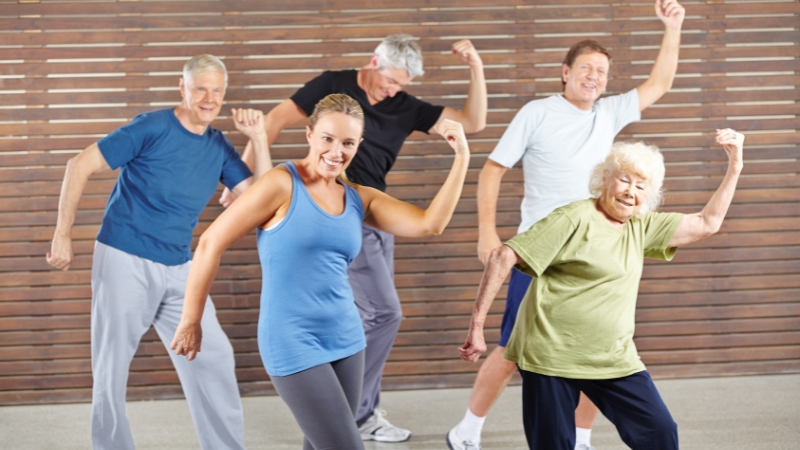
Whether you’re a caregiver, child, spouse, or friend, you play a huge role in encouraging better habits. And no, you don’t need to be a coach or chef to make a difference.
Make Movement Social and Fun
- Suggest walks together in the park or local mall.
- Help find senior-focused yoga or dance classes nearby.
- Turn on some music and dance around the living room—it counts!
- Keep a shared calendar or tracker where they can see their progress.
Build Better Meals—Together
- Grocery shop together or offer to pick up ingredients.
- Cook in batches and freeze leftovers.
- Use online tools like the USDA’s MyPlate Plan to customize meals.
- If they’re on a fixed income, look into SNAP benefits or senior meal programs.
Adapt the Environment
- For mobility challenges, add grab bars in bathrooms or non-slip mats in kitchens.
- Set up a chair for seated workouts with resistance bands nearby.
- Use automatic lights, easy-open jars, and reachers to support independence.
Don’t Forget Social Health
A balanced life includes connection. Encourage:
- Joining hobby or walking clubs
- Visiting local senior centers
- Having lunch with neighbors or attending community potlucks
- Zoom calls or regular family dinners
Even a phone call can lift the spirits.
When Supplements Make Sense
Older adults given a multivitamin with vitamins C, D, zinc, and other vitamins for 12 weeks had increased circulating levels of zinc and vitamin C, and illness symptoms that were less severe and shorter-lasting than those given a placebo. https://t.co/yvwZss8cnA
— Dr. Rhonda Patrick (@foundmyfitness) August 19, 2020
Not every nutrient comes easily through food, especially with reduced appetite or dietary restrictions. Seniors may benefit from supplements like:
- Vitamin D (especially in winter or with low sun exposure)
- Vitamin B12 (since absorption often drops with age)
- Calcium, Folate, or Iron in specific cases
But always check with a healthcare provider before starting anything new. Some supplements can interact with medications or be unnecessary.
It’s All About Independence, Not Perfection
@tomtrottercoaching Proud of this lady almost 70, getting older, but feeling better, moving better and living better! 💫 READY TO TRANSFORM? 🔗 Head to my bio to join us and find YOUR best form 🔗 #fyp #foryou #motivation #mum #fitnessmotivation #running #runningmotivation ♬ original sound – The Washed Athlete
You don’t need a perfect meal plan or a gym-level fitness schedule to make a huge impact. Helping someone over 70 stay strong and independent is about consistency, encouragement, and small adjustments that add up over time.
Whether it’s convincing them to take a walk after lunch, preparing a nutrient-rich smoothie, or sitting down to plan meals for the week, it all matters. Every step they take with your support is one closer to better health, more confidence, and a richer, more independent life.
And really, that’s the goal. Not just longer life, but a better one.
Related Posts:
- Top 12 Exercises That Help Women Over 40 Stay Lean…
- Simple Training Tips for Adults Over 50 Who Want to…
- How to Stay Active and Strong in 60s Without Overdoing It
- Mental Battle of Injury Recovery - How to Stay…
- Embracing Fitness After 60 - How to Stay Active and Healthy
- How Group Fitness Helps You Stay Out of Your Head



